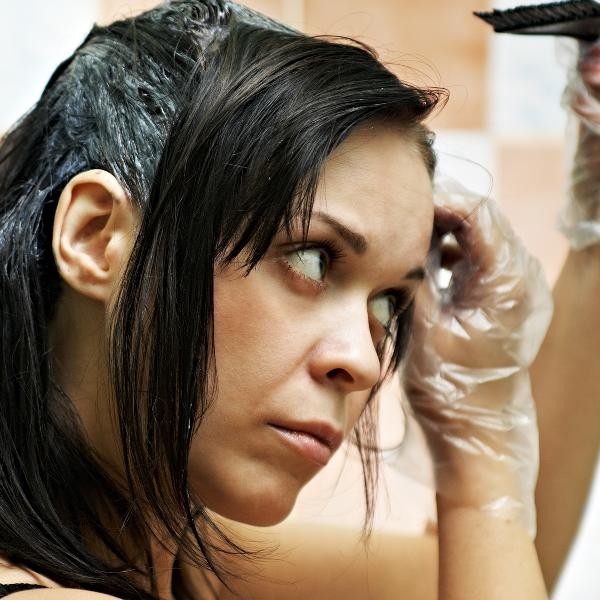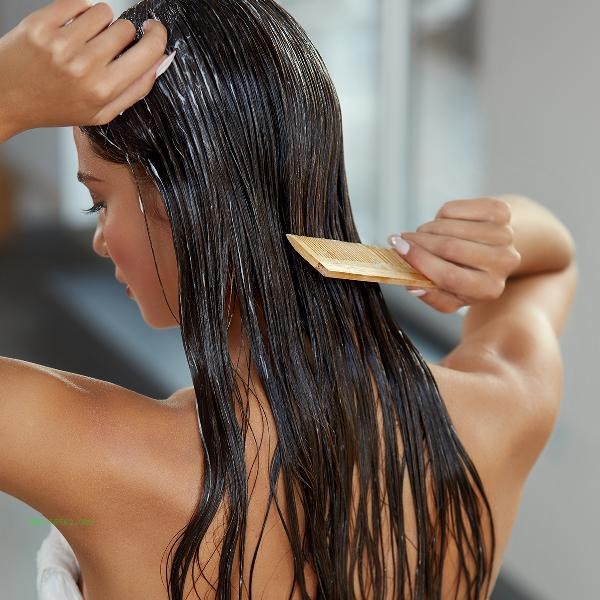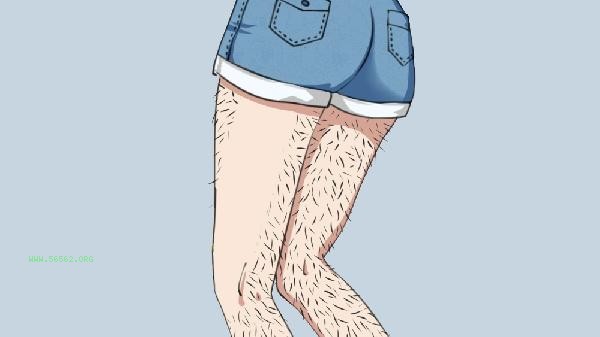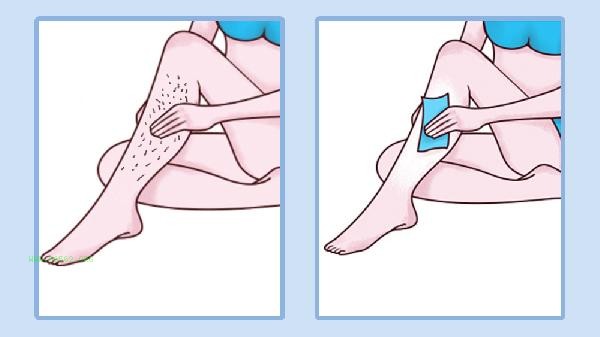Pulling out hair may cause mechanical damage to hair follicles, and long-term repeated operations may lead to folliculitis, local infections, or permanent hair loss. Hair pulling behavior is common in stress habits or hair pulling fetishes, and its main hazards include hair follicle destruction, skin infections, psychological effects, hair regeneration disorders, and secondary alopecia areata.

1. Hair follicle destruction
Frequent hair pulling can cause mechanical pulling on the root of the hair follicle, and the dermal papilla cells may lose their regenerative ability due to sustained damage. After damage to the connective tissue around hair follicles, local microcirculatory disorders may further inhibit hair growth. Some people may experience redness or small blood clots around the hair follicles after hair removal, which is an early manifestation of hair follicle damage.
2. Skin infection
Direct contact between fingers and scalp hair removal may introduce bacteria into hair follicles, leading to microbial infections such as Staphylococcus aureus. Damaged hair follicles are prone to develop perifollicular inflammation, characterized by typical inflammatory reactions such as redness, swelling, heat, and pain. Severe cases may develop into boils or abscesses, requiring antibiotic intervention treatment.
3. Psychological Influence
Compulsive hair pulling behavior is often associated with emotional disorders such as anxiety and depression, forming a vicious cycle of hair pulling, stress relief, and guilt. Some patients may experience social anxiety due to hair loss, especially when hair removal is concentrated in prominent areas such as eyebrows and eyelashes. Child patients may experience behavioral problems such as decreased learning efficiency.

4. Regeneration disorders
Repeated hair extraction from the same area can lead to premature degeneration and prolonged resting period of hair follicles. Repeated injuries exceeding five times may cause depletion of hair follicle stem cells, leading to permanent hair loss. The clinical manifestation is the appearance of well-defined circular hair loss spots in the hair removal area, similar to the pathological manifestations of alopecia areata.
5. Secondary alopecia areata
Traumatic hair removal may induce autoimmune reactions, leading to erroneous attacks on hair follicles by lymphocytes. This condition may progress from local hair loss to multifocal alopecia areata, or even whole head alopecia. Some patients may have autoimmune skin disease features such as nail punctate indentation.

It is recommended that individuals with hair pulling habits improve compulsive behavior through cognitive-behavioral therapy and use fingertip toys to divert attention. Daily scalp massage can promote blood circulation, and choosing mild shampoo products can reduce irritation. If obvious hair loss patches have appeared, it is necessary to seek medical attention in a timely manner for skin microscopy and hormone level assessment. If necessary, drugs such as minoxidil tincture should be used to promote hair growth, and sharp objects should be avoided from contacting the scalp. Maintaining a regular schedule and balanced diet, as well as supplementing with vitamin B and zinc elements appropriately, can help maintain hair follicle health.








Comments (0)
Leave a Comment
No comments yet
Be the first to share your thoughts!